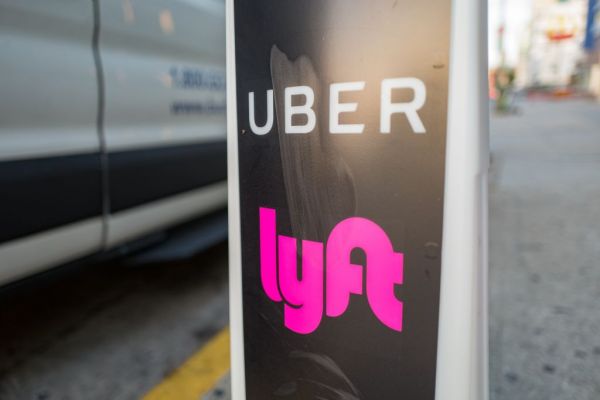Lyft has been cutting fares in order to secure more riders, and it’s working. But that success has come with a (literal) cost.
The ride-hail company reported Tuesday during its second quarter 2023 earnings an increase in riders and decrease in revenue per active rider. That discrepancy was fueled by a decision by the company to “price in line with the market,” according to CEO David Risher.
Lyft’s revenue per rider decreased almost 5% quarter-over-quarter, while the number of active riders increased in the second quarter to 21,487 riders, up from 19,552 in the first quarter.
Lyft appears to be not only trying to keep prices competitive with Uber, it’s also working to kill off surge pricing, or “primetime” as the company calls it.
During Tuesday’s earnings call, Risher said that surge pricing might work to incentivize more drivers during peak service, but it also acts as a demand suppressor when riders don’t want to pay exorbitant fees just to get home after work.
“[Primetime pricing] is a bad form of price raising,” said Risher. “It’s particularly bad because riders hate it with a fiery passion. And so we’re really trying to get rid of it, and because we’ve got such a good driver supply…it’s decreased significantly.”
Lyft’s driver supply is the highest its been in three years (up more than 20% year-over-year) and the average hours per active driver has reached a new high above 2019 levels, according to a spokesperson for Lyft.
Risher noted that this has helped the share of rides affected by surge pricing drop down 35% from the first quarter.
“That has a revenue implication — we’re actually taking less money,” said the executive. “But it’s good for our riders, and it’s good for our overall market results.”
At least in the short term, ditching surge pricing might serve as a differentiator for Lyft as it continues to compete with its so-called “big brother” Uber.
